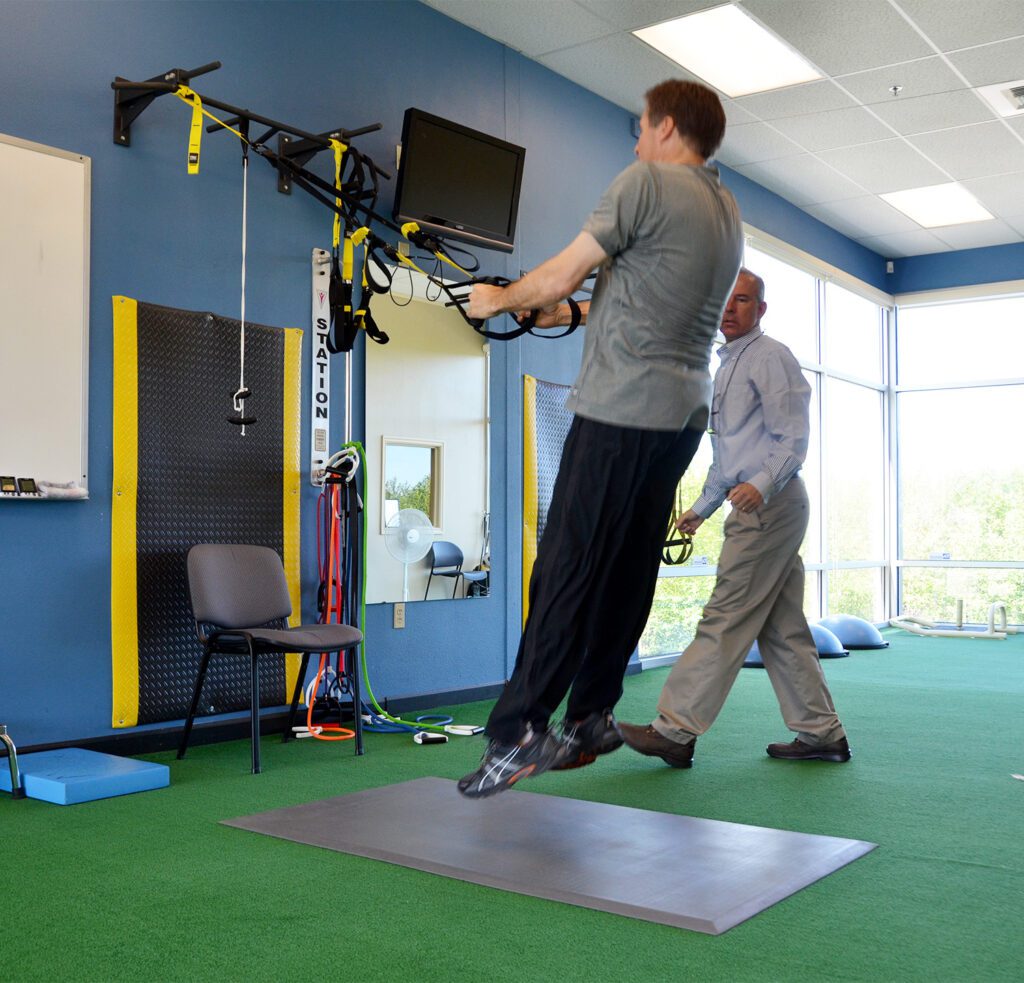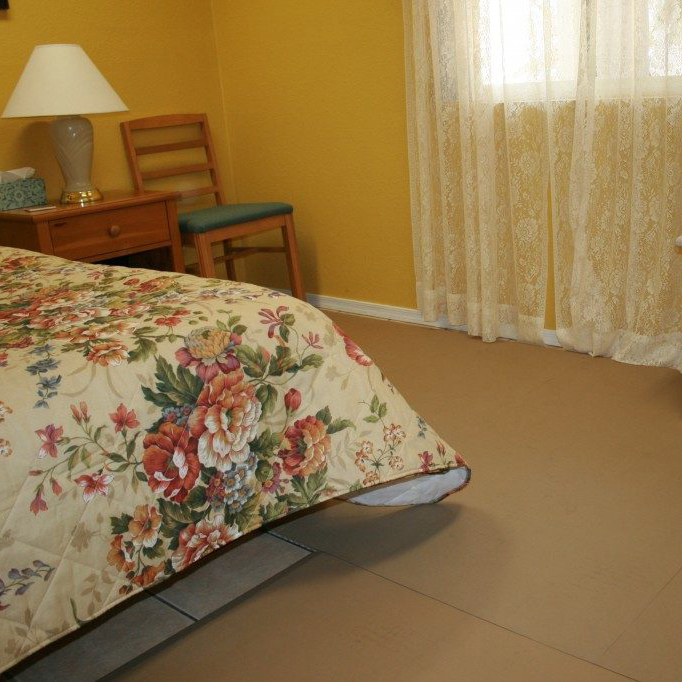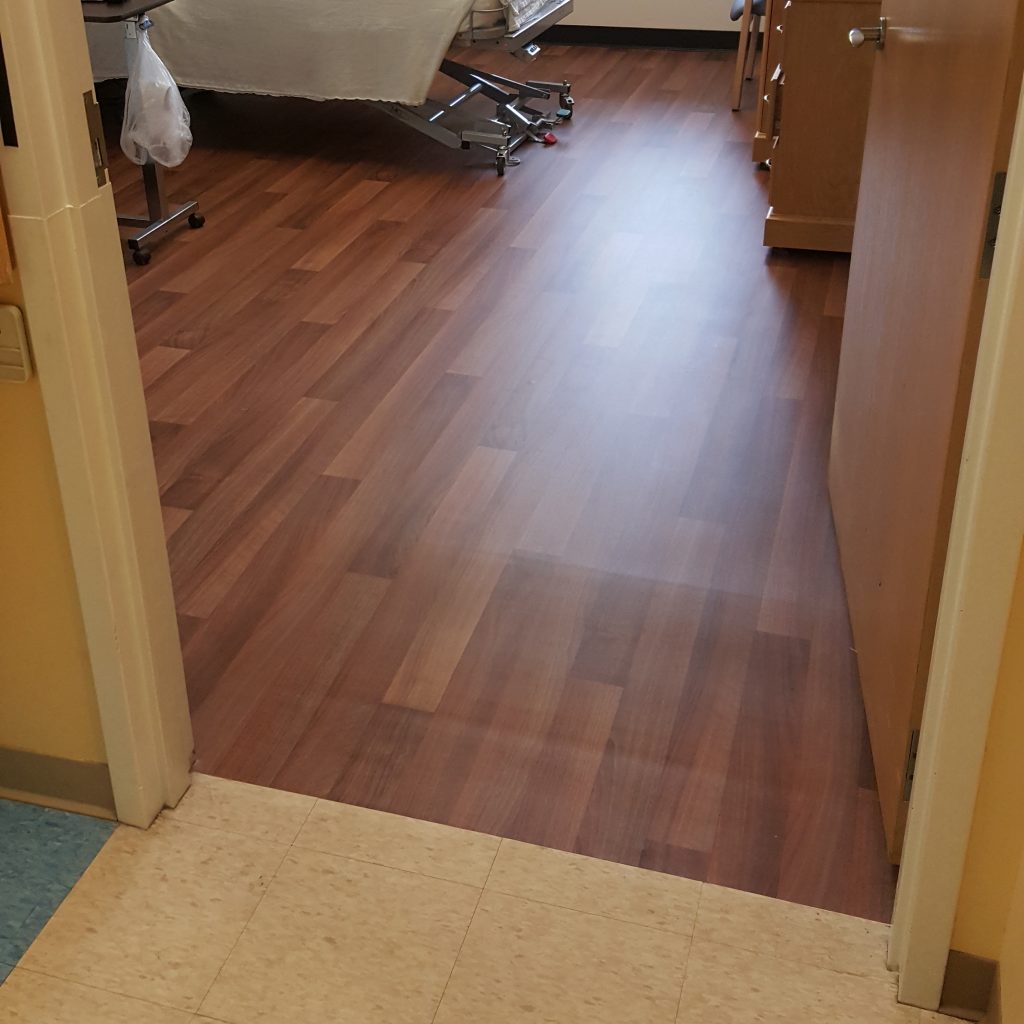Blog
Anti-fatigue floor mats: When Subtle Instability is Beneficial
- Derek Hawn
- February 24, 2014
- 1:22 pm
- No Comments
- 3 minutes
We do not envy the process that people go through to evaluate and choose anti-fatigue floor mats or flooring. An Internet search will render dozens of choices from manufacturers, their distribution networks, catalogs and web sites, but the simple truth is that if you lined up many (if not most) anti-fatigue floor mats next to one another, you’d be hard pressed to discern much difference between them.
It’s very confusing. That’s because, most of them have the same common characteristic; they’re made of foam (sponge). They may be dressed up with tough surfaces that mask how quickly foam can break down, or make redundant claims about being thick, plush or buoyant to mask how easily they bottom out, but the reality remains. When foam is compressed, it gets harder. The whole hard / soft narrative is a bit silly, since compressibility (softness) is only one of several critical elements that should be considered in a surface that has been optimized to reduce fatigue and injuries, and increase productivity.
There is plenty of research out there to support the use of anti-fatigue floor mats, and most manufacturers will tell you that the most important thing to consider when purchasing anti-fatigue floor mats is how the mat feels.
However, at SATECH, Inc. we believe that the most important thing is how YOU feel rather than how the mat feels. To ease your quest to discover the perfect anti-fatigue floor mats for your situation we have compiled a list of essential questions to ask before buying a mat.
Over the next few months we will continue to explore each of these essential questions regarding anti-fatigue floor mats.
So far, we have written about evaluating anti-fatigue floor mats based on whether the surface has been optimized for softness or hardness.
This month’s question is: does the surface provide adequate balance between instability and stability?
When looking for anti-fatigue floor mats it is important to find one that provides enough instability to encourage small postural changes. These small changes will increase blood flow to and from working muscles in order to facilitate venous blood flow (venous pump). However, too much instability (from overly thick / soft, squishy mats) can over-work muscles, causing muscular fatigue, as well as increasing the risk of balance loss, tripping, and contributing to poor body posture, very much like standing on a mattress would. Overly-soft mats can also create ankle, knee and hip joint issues as a heel or toe “catches” during twisting or turning motions.
Case studies have found that standing on a too-soft surface can cause or worsen musculo-skeletal conditions in the back, hips, knees, ankles and feet, and make conditions like plantar fasciitis even more debilitating.
At the other end of the spectrum, properly designed anti-fatigue floor mats also need to provide stability. The challenge is to balance the requirement for instability (cushioning) with stability (support), as an overly-hard surface will not encourage enough subtle muscular activity that creates the circulation needed to prevent painful swelling in the lower extremities. Decreased blood flow to muscles reduces their supply of nutrients and oxygen and in-turn increases fatigue. Surfaces that are too-stable also create pressure points that can result in discomfort and will not cushion or adequately absorb impact force. It all adds up to lost productivity.
Through years of careful development based on valid independent, third-party research, SATECH’s SmartCells cushioning technology which is ergonomically engineered into our anti-fatigue floor mats has been optimized to provide the perfect blend of surface stability/instability to reduce fatigue and increase safety and comfort.
The unique SmartCells cushioning technology will provide comfort for anyone who stands for extended periods of time. The SmartCells® cushioning technology consists of a rubber surface layer integrated with an underlying array of cylindrical rubber cells that soften in response to surface pressure to provide maximum fatigue relief. The SmartCells act like springs that cushion as weight is applied and then rebound when the weight shifts, which returns energy and reduces fatigue associated with standing.
SmartCells Cushioning Technology: It’s not how the mat feels, it’s how YOU feel.
SmartCells Training & Therapy Solutions: The Benefits of Training Indoors
Your Guide to Finding the Perfect Christmas Present
7 Effective Stretches for Runners
SmartCells Fall Protection Flooring Used by Aleydis Centers
How to Get Started Running for People Who “Can’t”
SmartCells Fall Protection Products Featured at LeadingAge — Idea House, Interface, Best Bath
SmartCells: The Solution to Rising Fall-Related Death Rates
Podcast: SmartCells’ Solutions Are Making Seniors Safer
SmartCells Cyber Monday Deals You Don’t Want To Miss
SATECH’s New SmartCells website is a Smart Website for Health and Productivity
Let us help you find the right solution
Not sure where to start? Our customer service and sales representatives – who are just as knowledgeable about the product as the scientists who created it – would be happy to help you understand more.



